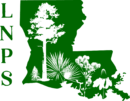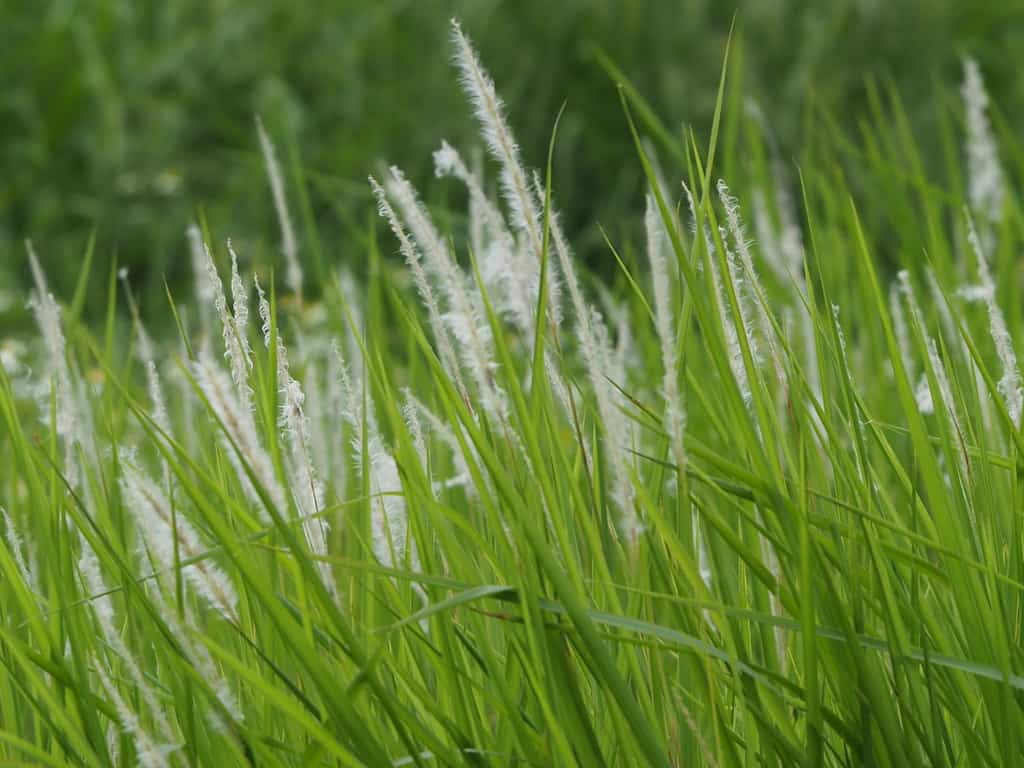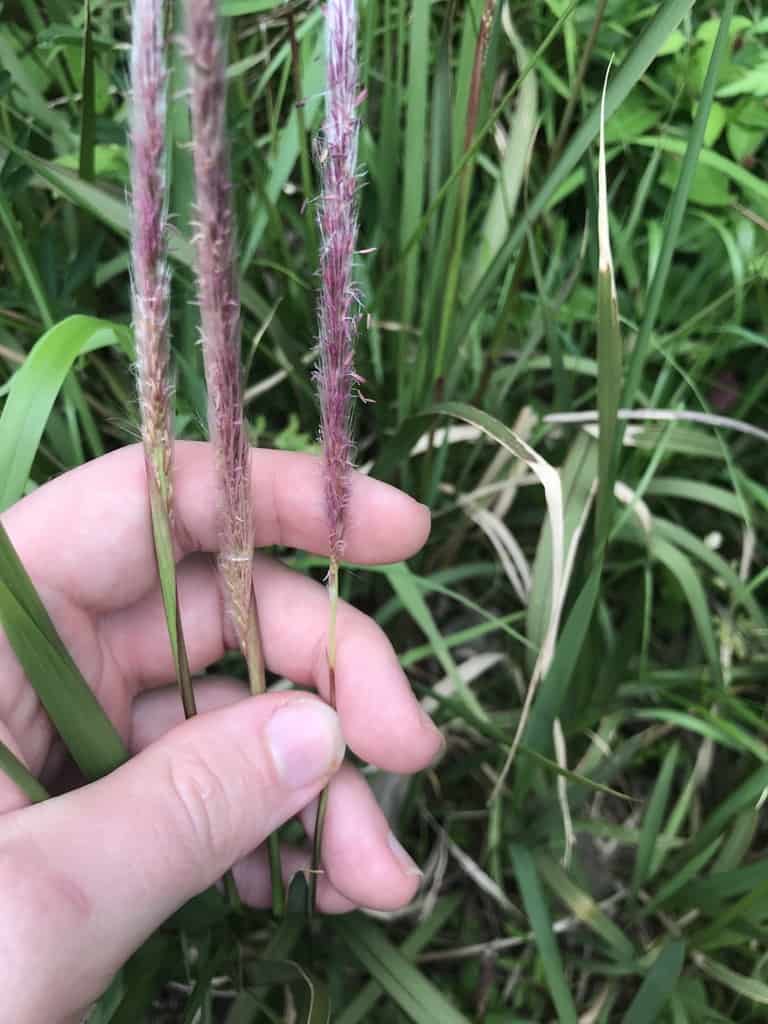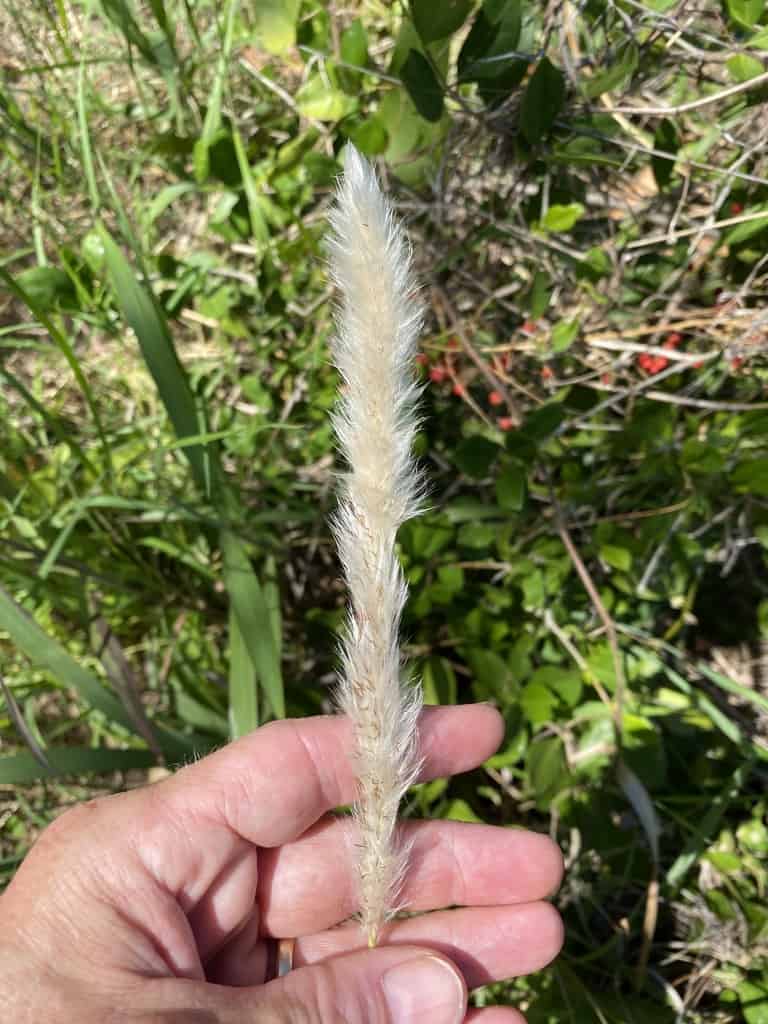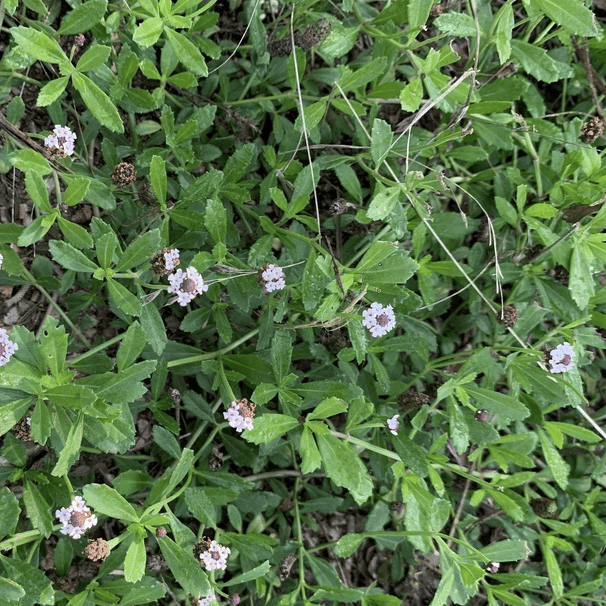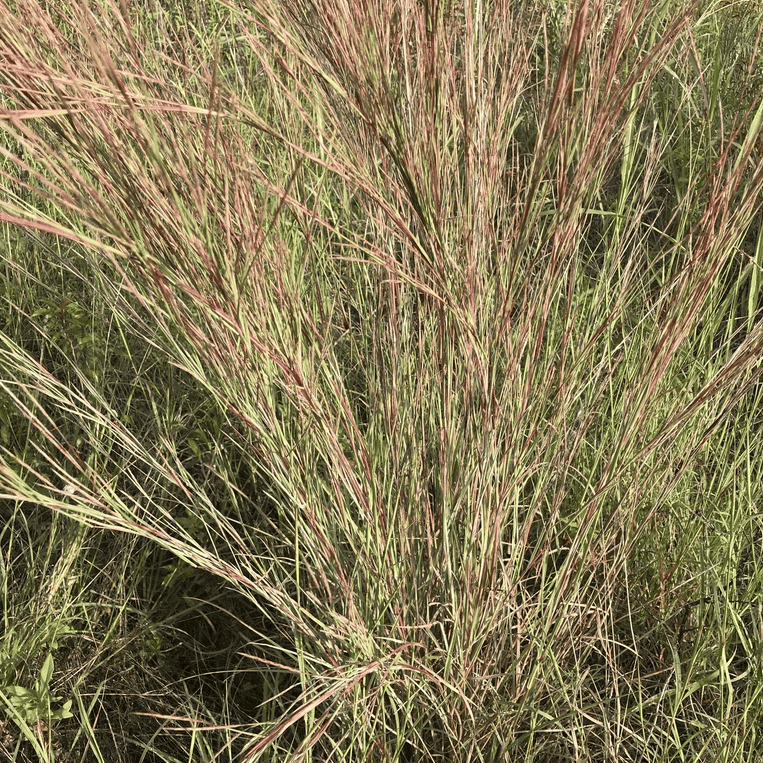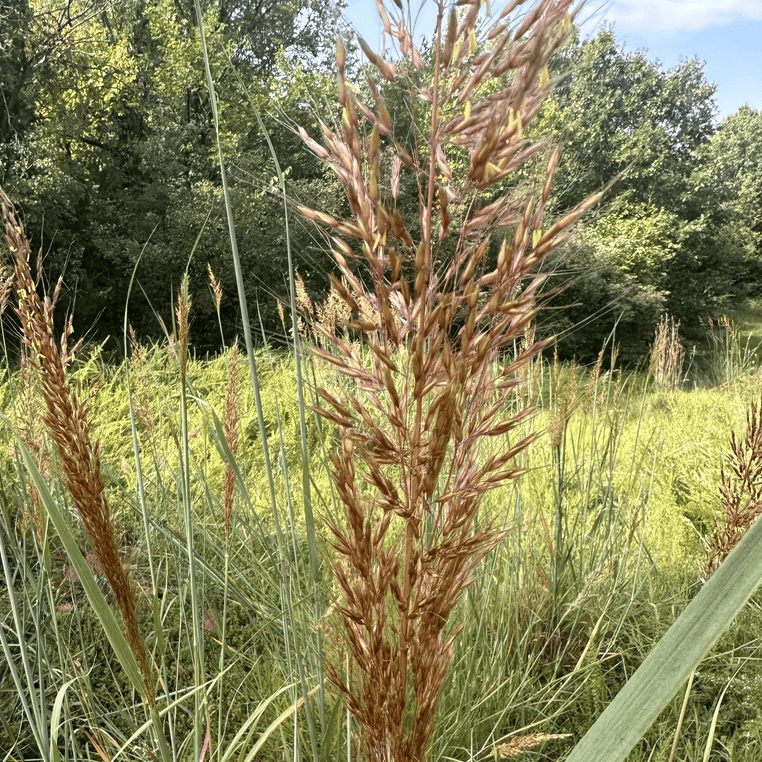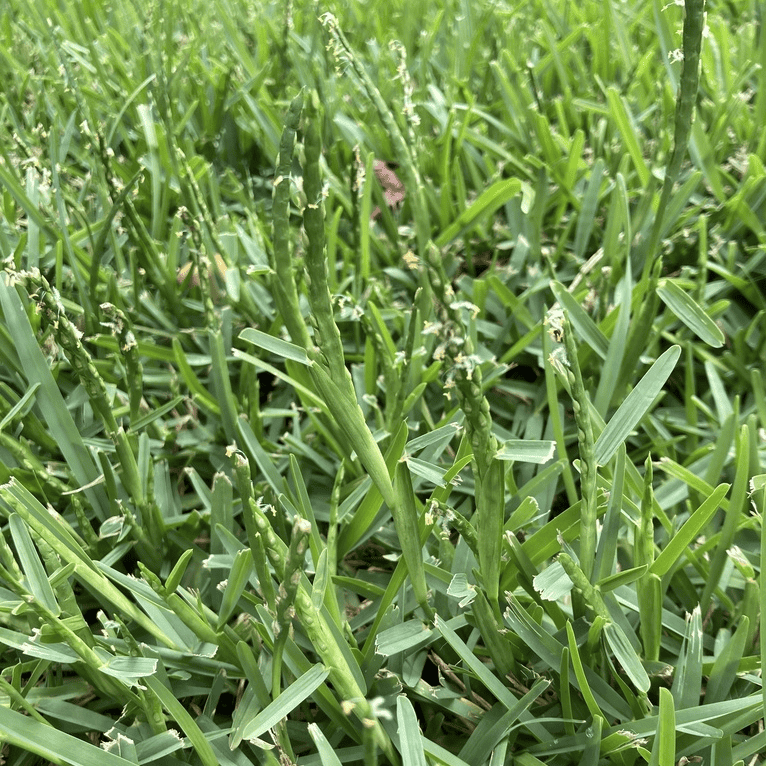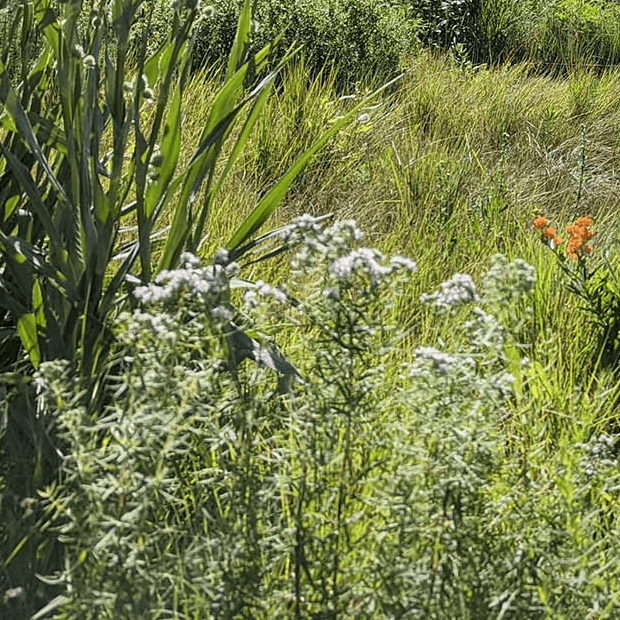This tall (2 – 5 feet), perennial grass is native to Southeast Asia, Europe, and Africa. It was introduced into the U.S. numerous times over the last 100 years both unintentionally in packing material and intentionally to control soil erosion and as forage even though it is not palatable to livestock. It’s thought to have been introduced first near Mobile, Alabama in the early to mid-1900s as packing material. It is classified by the Louisiana Department of Wildlife and Fisheries as a Tier I invasive species defined as “currently causing severe or widespread negative impacts on wildlife or natural communities in Louisiana”.
Cogongrass currently occurs primarily in the Florida Parishes and between Baton Rouge and New Orleans. It forms dense colonies in soils of fine sand to heavy clay, thrives in soils of low fertility, and responds favorably to fire. It’s spread by moving soil contaminated with rhizome fragments. Additionally, wind, water, animals, and equipment transport its seeds and introduce the plant to new locations. Cogongrass is not a landscaping plant and generally not sold in the nursery trade.
Landscape With These Native Plants Instead:
